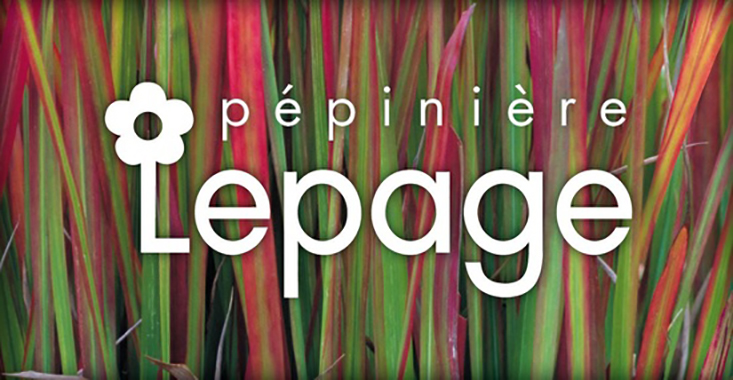41. Les Iris ensata et laevigata du jardin japonais
The Iris ensata and laevigata of the japanese garden

Since the end of the 19th century, Japanese irises suitable for decorating water features have enjoyed well-deserved popularity thanks to their big single or double blooms, delicate appearance and range of colours, from pure white to dark purple.
The Iris ensata Thunb. (hanashōbu, in Japanese) was the subject of extensive plant breeding work in Japan during the Edo period (1603-1868). Hundreds of cultivars were created, and consequently, illustrated monographs were published, and some of the greatest masters in prints produced some subtle representations of them. Gardens were even created to be able to house these collections of irises that bloom in summer, just like the Horikiri iris garden in Tokyo. The Iris ensata, like many other marshland plants, can grow with its “feet” in the water throughout the summer, but does not like to be in the water in the winter. It is therefore recommended to plant this variety on the banks where the soil is moistened through capillary action during the summer months.
The Iris laevigata Fisch. (kakitsubata, in Japanese) is native to a geographic area that ranges from Siberia to Japan, and this variety can survive in shallow waters all year round. Numerous horticultural varieties were created in Japan during the first half of the Edo period, between the 17th and 18th centuries, but they were soon forgotten and replaced by the more popular Iris ensata. One of the most well-known representations of the Iris laevigata, considered the National Treasure of Japan, is a pair of six-panel folding screens, Irises, in colour on paper with a golden background, by Japanese painter Ogata Kōrin (1658-1716).
